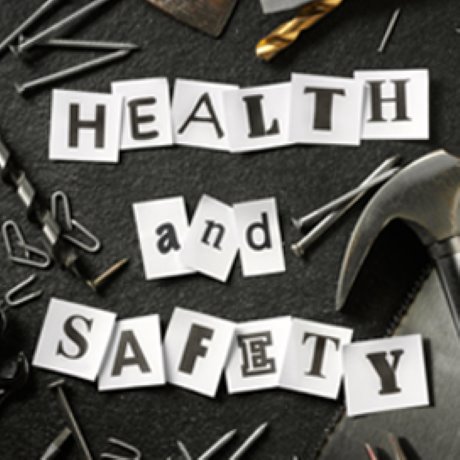On March 1, 2016, the Ministry of Labour (MOL) implemented a new standard for Joint Health and Safety Committee (JHSC) training. The old standard was in place since 1996 so this update will ensure that training standards maintain a high level of quality and consistency for Ontario construction workers.
In order to perform construction duties at the highest level of safety, all members of a JHSC must be trained in common workplace hazards found in their particular place of work, and these new regulations ensure higher quality training on an ongoing basis.
Specifically, JHSC training must be done with a MOL-approved trainer. JHSC part two must be completed within six months of part one and a refresher course will be required once every three years for those who do not qualify for certification status under the current standards.
Who needs to update JHSC training?
A JHSC is comprised of both worker and employer representatives. Together, their goal is to be mutually committed to improving workplace health and safety. A JHSC is required for construction projects on which 20 or more workers are regularly employed and expected to last three months or more.
A worker trades committee is also required at any construction project expected to last at least three months and at which 50 or more workers are regularly employed.
Worker trades committee members must be selected by workers employed in the trades they represent or, if a trade union represents workers, by the union.
Committee members are responsible for listening to and representing workers employed in each of the trades at the construction project, including helping to identify and report hazards to the JHSC.
For example, construction hazards related to:
- Working at heights. For example with a recent change in legislation you now need to have received standard–based working at heights training that meets the requirements of Section 26.2 of the Construction Regulation 213;
- Struck-by hazards;
- Confined spaces;
- Electrocutions; and
- Musculoskeletal Disorders (MSD).
The major advantage of a joint committee is that the in-depth, practical knowledge bases of the various trades and tasks found on a construction site are brought together to create a broader understanding of company policies and procedures.
Another key benefit is greater co-operation among all parts of the workforce toward solving potential on-site health and safety problems before they become a risk.
Working together and sharing information allows the JHSC to recognize and train for hazards before they ever become a problem.
In addition, the diversity of trades represented in a construction JHSC ensures workers across all trades have someone they can go to with potential problems they see on the work site.
Giving back to the health and safety community
As a result of continued success in training Ontario JHSC members, the Public Services Health and Safety Association (PSHSA) recently announced a charitable donation of $20,000 to support two charities focused on preventing injuries and helping those affected by workplace incidents, Parachute and Threads of Life.
The PSHSA also intends to continue ongoing donations of $20 per person for each participant in its new MOL -approved JHSC certification training programs until June 30.
Supporting this initiative ensures workplaces have strong, functioning JHSC’s while, at the same time, aiding families affected by workplace tragedy in their healing journey and supporting injury prevention programs for Canada’s youth.
"These donations will allow us to provide greater support to families who have lost income, quality of life or even a loved one due to workplace injury or illness," said Shirley Hickman, executive director of Threads of Life.
"The money will go towards our peer support program for family members who are living in the aftermath of a workplace tragedy."
The PSHSA’s MOL-approved JHSC certification courses provide training on how employers and employees can work together to improve health and safety in the workplace, including recognizing hazards, setting up internal safety programs and responding to issues and complaints in the workplace.
Visit http://www.pshsa.ca/jhsc for more details.
With 26 years experience in health and safety, Szabo, who is the executive director of government, municipal and public safety with the Public Services Health and Safety Association, has developed results-oriented solutions for the public sector. Szabo is a Registered Occupational Hygienist (ROH), Canadian Registered Safety Professional (CRSP) and a Certified Occupational Health and Safety Technologist (OHST).
Send comments and Industry Perspectives ideas to editor@dailycommercialnews.com.











Recent Comments
comments for this post are closed